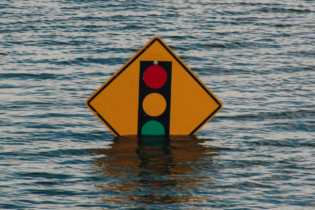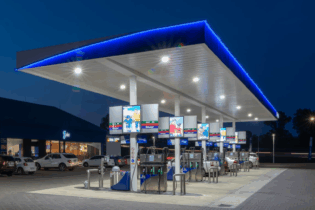The Port of Mossel Bay has identified the slipway upgrade as one of the projects, as part of a holistic strategy, aimed at developing the Western Cape as a support base for the oil and gas sector.
How can the benefits of IPMS be maximised to increase the port’s efficiency? IPMS is a holistic, web-based, end-to-end online system that integrates marine operations, on-land operations, internal and external systems and reporting across South Africa’s eight ports, on a single platform. Customers are now able to complete vessel bookings and marine services online in real time, and monitor the performance of their vessels in terms of loading, offloading and sailing, without actually having to come to the port to do it. IPMS is mobile and accessible from any Internet-enabled device. How will the data from IPMS be gathered, analysed and used to improve operations on the ground? IPMS provides users with access to a wide range of near real-time operational information – accessed centrally 24/7 – on which to base sound decisions that will improve port efficiency and performance. It uses the latest technologies to collect, analyse and process data so as to ensure transparency at all stages of the port chain and enable early intervention. Systems integrated on IPMS include: Lloyds Register, AIS (for vessel traffic management), IPOSS (for weather), EDI (or electronic data interchange) and SAP (for business operations, customer relations and finance). The system will also link to Transnet Port Terminals and Transnet Freight Rail, providing improved oversight of terminal operations while being used to monitor key performance indicators, security management, safety, health and environmental management and infrastructure monitoring. IPMS will assist us by enabling us to be more open and transparent with our customers, thus improving efficiency and time-slotting of their vessels. It also ensures that there are limited error and allows us to provide an efficient service to our customers in line with the benefits described above. It also improves ship turnaround times, the integrity of information that we have for our clients, and the assistance we can offer our clients in terms of reducing the cost of doing business.
Mossel Bay is the smallest of the eight commercial ports along the South African coast. Tandi Lebakeng tells Transport World Africa how it is dealing with the global commodity downturn.
What strategies is Mossel Bay implementing to lessen the impact of the current global commodity downturn?
TL: All investments and port developments are guided by Transnet’s R300 billion capital investment programme, dubbed the Transnet Market Demand Strategy (MDS), which is expanding rail, port and pipeline infrastructure to increase capacity to meet market demand.
While the current economic climate in the oil and gas sector may not be conducive to embarking on new exploration projects, one has to be mindful that the majority of existing offshore production activities remain operational. Demand for support to these operations will continue.
On the other hand, the lull in exploration activities may provide an opportunity to perform repairs and maintenance to exploration vessels and equipment. At the Port of Mossel Bay, marine engineering firms are available for all classes and types of onboard repairs. Mossel Bay is the only South African port that operates two offshore mooring points within the port limits. A slipway of 250 tonne capacity is also available.
PetroSA’s Mossgas refinery in Mossel Bay is one of the world’s largest gas-to-liquids (GTL) refineries, and has always been a leader in commercialising GTL processes. The port will continue to provide service to support this facility.
Mossel Bay also acts as a complement to developments taking place elsewhere under Operation Phakisa, a government initiative focused on exploiting the ocean economy with particular focus on the offshore oil and gas sector.
At the Port of Saldanha, for example, TNPA is exploring development of a new Mossgas finger jetty with a total length of 500 m and a depth of 8.5 m, with 12 m pockets to accommodate floating docks for vessel-building and repairs.









